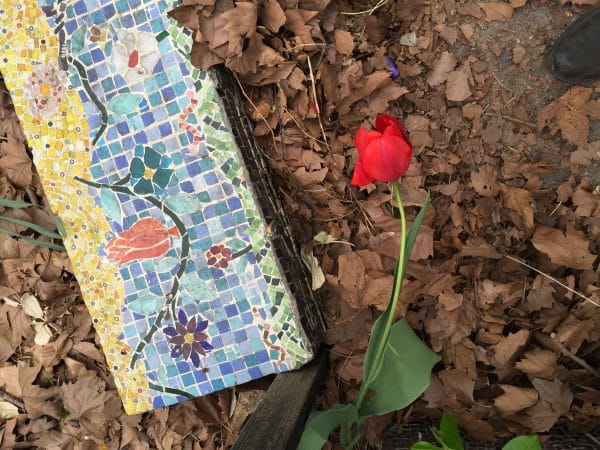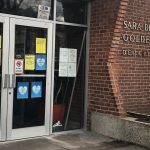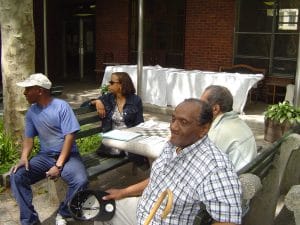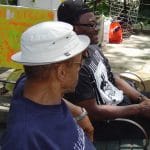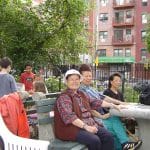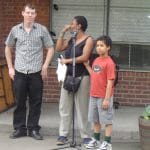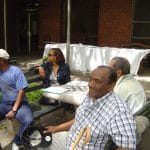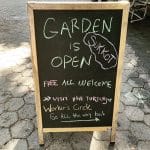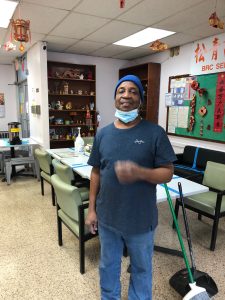Susan Donoghue Appointed Commissioner
Iris Rodriguez-Rosa Appointed First Deputy Commissioner
“Parks are more than places for recreation and enjoyment — they are powerful tools for equity,” said Mayor Adams. “For too long, many communities throughout our city have been denied easy access to these vital spaces. Under the leadership of Sue Donoghue and Iris Rodriguez-Rosa, we will work to ensure that every New Yorker can enjoy the myriad benefits greenspaces can provide.”
Susan Donoghue will serve as the commissioner of the City of New York Parks & Recreation. In that role, she will oversee more than 30,000 acres of land under the agency’s purview, including parks, playgrounds, recreational facilities, and beaches. A staunch advocate for parks equity, Donoghue will ensure that the agency’s mission of preserving and expanding well-maintained parkland is aligned with the mayor’s goal of reducing long-standing disparities in access to greenspace.
Iris Rodriguez-Rosa will serve as the first deputy commissioner. As first deputy commissioner, Rodriguez-Rosa will manage the agency’s efforts to improve parks throughout the city and create more high-quality greenspaces. A veteran of NYC Parks who currently serves as the Bronx borough commissioner, Rodriguez-Rosa has been a steadfast champion for better parks in underserved areas.
Video
About Susan Donoghue
Susan M. Donoghue will serve as New York City Parks Commissioner. She currently serves as President of Prospect Park Alliance, the non-profit organization that operates the park in partnership with the City of New York, and Prospect Park Administrator.
In this dual appointment by Prospect Park Alliance and NYC Parks, Sue is responsible for setting the vision and overall strategy for Prospect Park, Brooklyn’s flagship, 585-acre park. Sue leads a workforce of 200 Alliance and NYC Parks staff in the day-to-day operations of the park, which spans from landscape management to maintenance and operations; design and construction; volunteer services; visitor services; public programs and other functions that keep the park green and vibrant.
As President of the Alliance, Sue oversees fundraising and revenue-generating activities that provide $12 million in general operating support for the park each year. Since her appointment in 2014, she has been responsible for raising over $130 million for capital improvements in the park, including the recent restoration of the Flatbush Avenue perimeter and new entrances to the park, and the upcoming restoration of the Vale in the park’s northeast corner. Sue led the development of a comprehensive strategic plan for the Alliance, establishing the framework for continued innovation and success. She also spearheaded the transformation of People + Culture at the Alliance through the lens of Diversity, Equity and Inclusion.
Prior to her appointment, Sue served as a Senior Advisor and Assistant Commissioner at NYC Parks, where she played a leadership role in PlaNYC, Mayor Bloomberg’s blueprint for enhancing the city’s sustainability. Sue earned a Master’s in Public Administration from NYU’s Robert F. Wagner School of Public Service. She is a long time New Yorker, and she and her husband and three children avidly enjoy New York City parks as part of their daily life.
Commissioner Donoghue will report to Deputy Mayor for Operations Meera Joshi.
About Iris Rodriguez-Rosa
Iris Rodriguez-Rosa will serve as first deputy commissioner of the New York City Department of Parks and Recreation. She currently serves as Bronx borough commissioner.
Rodriguez-Rosa started her career organizing tenants and the community in Williamsburg Brooklyn in the late 1970s under the Federal Comprehensive Employment and Training Act (CETA) program. She then began public service with the City with Brooklyn Borough President Howard Golden as a community Board liaison and later in 1979 became the District Manager for Community Board 4 in Bushwick Brooklyn, deemed then as the youngest ever appointed. Iris began her career at Parks in 1986 serving as Director of Community Boards; continued as an operations manager in upper Manhattan and for the better part of 20 years; and later served as Chief of Recreation in the Public Programs division in both the Bronx and Queens. It was in this capacity that she realized that bringing health & fitness opportunities to New Yorkers was exceedingly important, and that parks and facilities offer the perfect environment for creative programing. It was with her initial efforts and support from Parks that she was able to obtain programming funding from elected officials for events such as movie nights, family days and concerts.
As of June 2015, Iris has served as the Bronx Borough Parks Commissioner. In this role she helped work with and merge the Friends of Van Cortlandt Parks and the Van Cortlandt Conservancy to become what is now the Van Cortlandt Alliance; she has been a champion along with former Bronx Borough President Ruben Diaz Jr. on the renovation of the Orchard Beach Pavilion; and she has helped execute countless playground renovations for the benefits of hundreds of thousands of New Yorkers across the city. Iris is the adoptive parent to her two nieces Sylvia and Jasmine. and helps care for her nephew Jason and grandnephew Amir. Her anchor and best friend are her husband Manny Rosa, and they have five beautiful grandchildren: Noel, Sophia, Annabel, Rafael, and Aaron Jeremiah.













